Bark's Bites: Buying Your Next Car New Is Quickly Becoming the Smarter Choice

There’s been a slow, yet steady change in the automotive marketplace over the last eight years, and you, the consumer, have been the lobster sitting in the pot as the change has occurred. The market has gotten significantly worse for car buyers. The number of franchise and independent dealers has been reduced by almost half. And yet, those surviving dealers have had an unprecedented run of year-over-year growth since 2008.
But as that growth has slowed in 2016, car buyers find themselves paying more money for used cars than ever before. We know that the typical American household can’t afford the typical new car sold in America, but we may soon be approaching a day when that same household can’t afford the typical used car, either. In fact, according to NADA Data, the average used car transaction price in 2016 will crest $20,000 for the first time in history, and will be 59.1 percent of the average new car transaction price of $33,903.
What does all of this mean to you? That buying used may not be the smartest financial choice you can make. In fact, it might not be very smart at all.
The spike in used car pricing can be attributed to a number of issues, but most experts attribute it to two happenings.
The first of these was the Car Allowance Rebate System, otherwise known as “Cash for Clunkers,” in 2009. Nearly 700,000 used cars were taken off the road through the program, resulting in 2.8 billion dollars of rebates. Between 2009 and 2010, used car transaction prices jumped over 10 percent, from $14,946 to $16,474, the biggest jump in history.
The second: Hurricane Sandy in 2012, which caused a massive wave of destruction on the east coast, flooding roughly 250,000 cars. However, despite this massive reduction of available inventory, used car prices didn’t jump significantly in 2012, rising only 3 percent.
To see why used car prices are so high today, we need to go back even further to the economic crisis of 2008.
At the beginning of 2009, there were 20,010 new car franchises in America. Today, that total is 16,288, a decrease of nearly 25 percent. The average mid-size market has 16 fewer dealerships than even five years ago — seven fewer franchised dealers and nine fewer used-car dealers.
But Americans will buy six million more new cars in 2016 than in 2009. Why?
Simple. The mega-stores are selling much, much more than their fair share. In fact, according to NADA, dealers with more than 50 employees now account for nearly half of all cars sold in America. Even more simply, there are fewer stores, but the bigger ones are doing twice the business they used to.
This is bad news for everybody — everybody except the big dealers, that is. Independent lots now have to make even more money per car than they used to, because their volume is down. Conversely, they also have to spend more money per car sold to advertise, because the big dealers get volume discounts from third-party advertising sources.
The net result? Used car prices go up, especially in comparison to new cars. Purely from a price perspective, there has never been a worse time to buy a used car. One can easily argue today’s used cars are also much better than used cars from 2008 — but isn’t the quality of new cars better, too? That’s what enables used cars to be more durable and last longer: new cars are made better.
So what’s the consumer to do? Well, everything points to buying new as being the best way to recoup your investment. If used cars cost more than they ever have (both as a percentage of new car price and in gross dollars), then the new car buyer can be assured that his new car will depreciate at a lower rate than it would have even eight years ago. The impending lease bubble is bad for OEMs, but very good for used car residual values.
It can certainly be said that used car residuals will be better, too — all the data indicates that. However, if the depreciation curve is less steep than it used to be, buying new isn’t nearly as punitive.
So if the Internet tells you that you should buy used, then just smile and point to the data. While buying used might still be a smart play, it’s getting worse, and buying new just keeps getting smarter.

More by Mark "Bark M." Baruth
Latest Car Reviews
Read moreLatest Product Reviews
Read moreRecent Comments
- Alan As the established auto manufacturers become better at producing EVs I think Tesla will lay off more workers.In 2019 Tesla held 81% of the US EV market. 2023 it has dwindled to 54% of the US market. If this trend continues Tesla will definitely downsize more.There is one thing that the established auto manufacturers do better than Tesla. That is generate new models. Tesla seems unable to refresh its lineup quick enough against competition. Sort of like why did Sears go broke? Sears was the mail order king, one would think it would of been easier to transition to online sales. Sears couldn't adapt to on line shopping competitively, so Amazon killed it.
- Alan I wonder if China has Great Wall condos?
- Alan This is one Toyota that I thought was attractive and stylish since I was a teenager. I don't like how the muffler is positioned.
- ToolGuy The only way this makes sense to me (still looking) is if it is tied to the realization that they have a capital issue (cash crunch) which is getting in the way of their plans.
- Jeff I do think this is a good thing. Teaching salespeople how to interact with the customer and teaching them some of the features and technical stuff of the vehicles is important.
















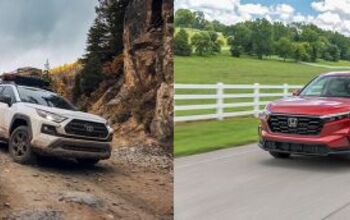
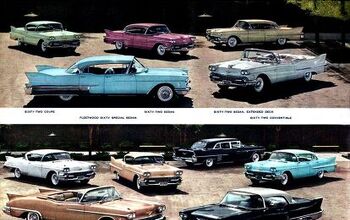
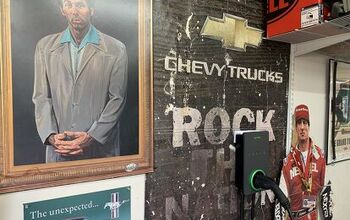
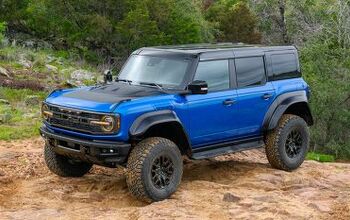
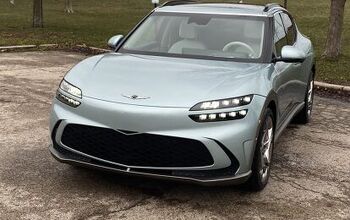
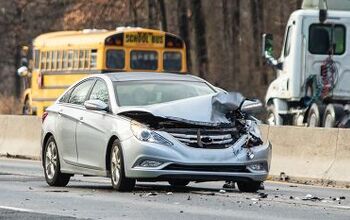
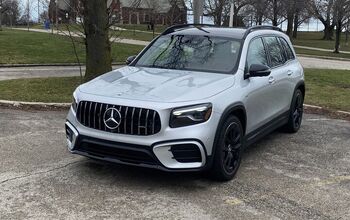
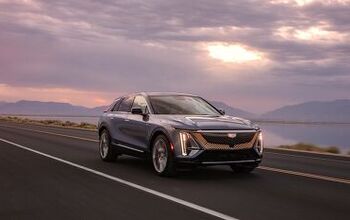

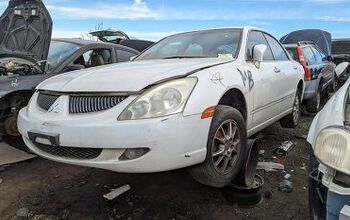
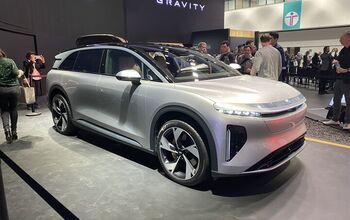
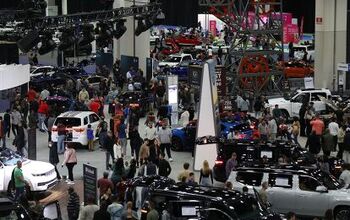
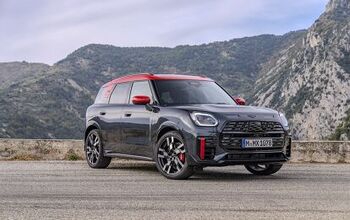

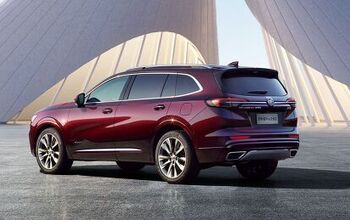
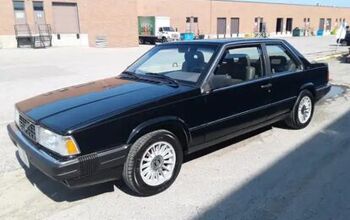
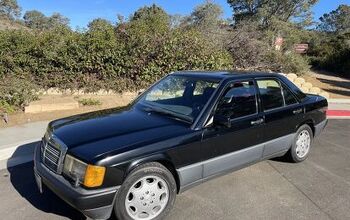
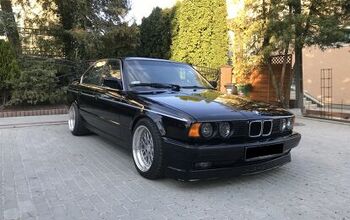
Comments
Join the conversation
@dal20402 Nailed it. I'd just add that if you bought a late model Japanese car, it still MAY be worth it to buy gently used if you have access to cheap credit (ie secured line of credit) and your plan on owning for
One big advantage of a new car is that it is full of brand new, OEM quality wear parts. Tires, brakes, suspension bushings, struts, engine ancillaries, transmission, etc. are all things which wear over time and can be very expensive. Many vehicles cost upwards of $1000 for all new brand name tires. Brakes all the way around can easily be another $1000. That ex-rental car with 30-40k miles on it might have new tires, but there are likely bottom of the barrel bargain tires. Other wear items are already deep into their useful life. Need a minivan? You can put a nicely equipped new Dodge Grand Caravan for $17k-$21k depending on the option package. Need a full sized sedan? Impalas and Chrysler 300s can be bought for silly cheap money. Want a basic midsizer? Most of the major brands will make you a great deal if you don't insist on larding up the option list. Need a not great but serviceable cute-ute? Again, head to your CJDR dealer for crazy cheap prices. Is the four year old used Toyonda competition with 50k+ miles on it at similar money really a bargain??? As to the original article, blaming this situation on mega-dealers is mega-bunk. The problem is that from 2008-2011 we had multiple years of deeply depressed new vehicle sales. That created a hole in the late model used vehicle inventory which will take several more years to slowly fill in. Meanwhile, rental car companies are keeping their vehicles twice as long as than they did a decade ago, and that cuts the number of used vehicles coming on the market from them in half. That problem is further compounded by Uber and Lyft putting a dent in the business vehicle rental market.